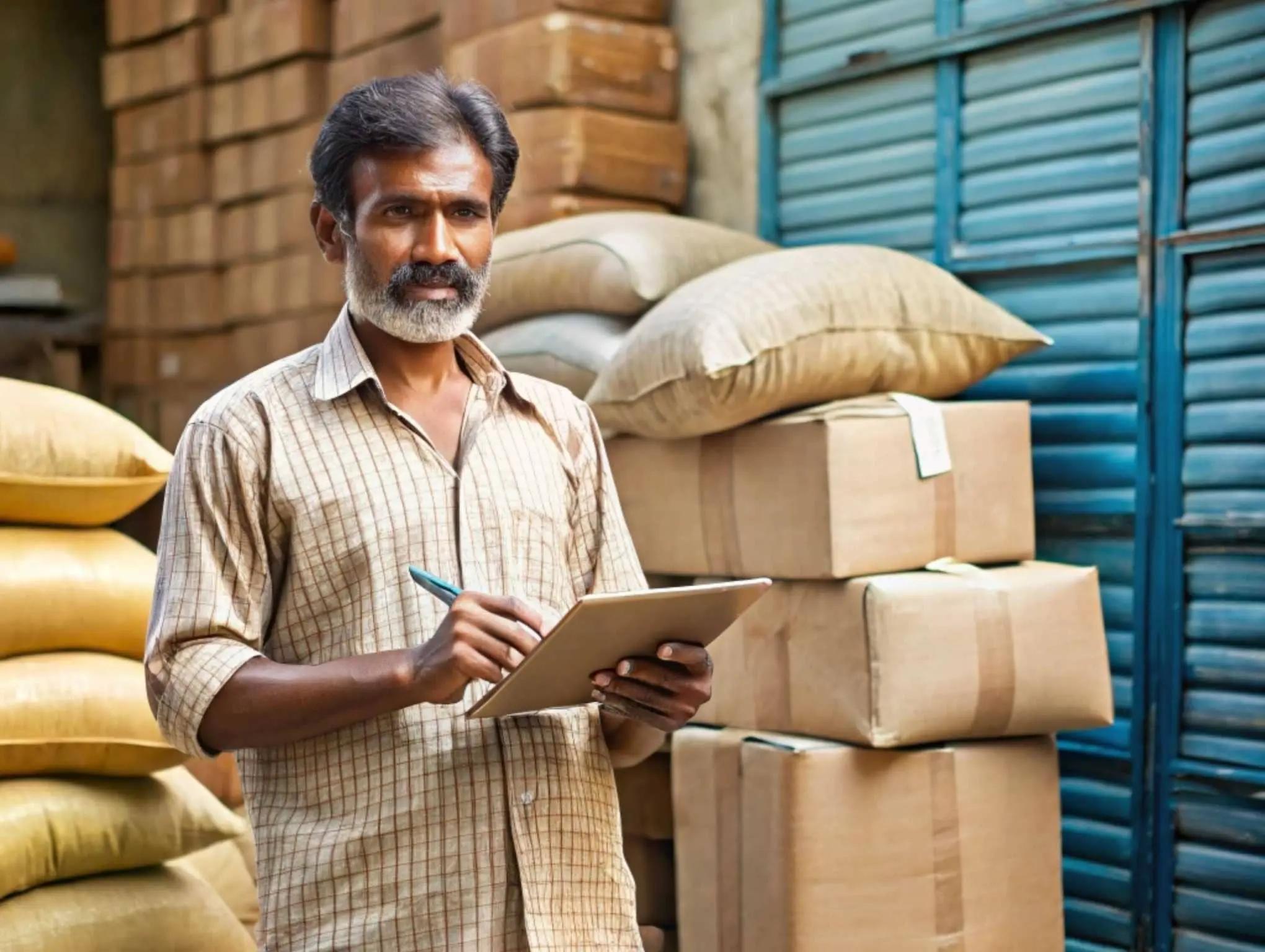The modern Indian consumer, especially within the FMCG ecosystem, is not just about making online purchases but engages in exhaustive product research digitally before heading to the store. A significant 65% of consumers reportedly partake in online explorations—searching for reviews, comparing prices, and exploring brands—before clinching that purchase decision. According to McKinsey's digital marketing research, this indicates that FMCG brands must not only ensure digital presence but make sure it's compelling enough to nudge the consumer from online exploration to in-store purchase.
Digital Marketing ROI in the Indian Context
Calculating return on investment for digital marketing within India's FMCG sector is anything but straightforward. Here, it's akin to playing chess in a bustling market space. While traditional metrics such as click-through rates and conversion analytics hold their place, gaining a successful ROI requires a nuanced play of regional preferences, from language to payment methods, like NetBanking or Unified Payments Interface (UPI), as well as addressing the distinct levels of digital savvy existing across diverse demographics.
Some brands have nailed this well. For instance, Colgate launched its "Smile Calculator" campaign, offering free dental check-ups, effectively capturing user's data and engaging potential customers while simultaneously leveraging it to offer personalized product recommendations. This approach aligns perfectly with Gartner's marketing insights on personalization driving ROI.
Content Marketing for Indian Consumers
Content, as they say, is king—but in India, it's a monarch that speaks many tongues. With 22 official languages and thousands of dialects, the Indian consumer landscape is a linguistic mosaic. According to HubSpot's marketing statistics, vernacular content—especially video—readily outperforms its English counterparts, driving an engagement multiplier effect of three times more interaction.
Building brand awareness in this complex landscape requires a sophisticated understanding of cultural nuances. FMCG brands like Dabur and Patanjali have pioneered the wave of regional content, gently weaving in cultural narratives with product narratives. Their content isn't just transactional; it's cultural storytelling.
Social Media and Influencer Marketing
In India, social media is not just a medium; it's a social phenomenon. Marketing performance metrics show that platforms like Instagram, Facebook, and the rapidly growing YouTube Shorts dominate the digital narrative, acting as conduits between brands and consumers. Here, the power of influence often rests not in Bollywood glamor but in the hands of micro-influencers.
Take for instance Mamaearth, a burgeoning FMCG brand that rose to fame leveraging Instagram's micro-influencers. Their strategy focused on relatable narratives—parenting trials and triumphs—offered by influencers who resonated with similar familial lifestyles. This approach aligns with Deloitte's trends on digital marketing regarding authentic engagement.
E-commerce Integration and Digital Shelf Optimization
The e-commerce ecosystem in India dances to the dynamic beats of consumer expectations. For FMCG brands, making a mark takes more than listing a product; it requires a strategic play on digital shelves across platforms like Amazon, Flipkart, and JioMart. Understanding digital marketing costs and optimizing spend across these platforms has become crucial for success.
Customer Experience and Loyalty Programs
Customer loyalty measurement in the Indian FMCG sector shows that trust, convenience, and consistent value delivery form the trifecta that ensures brand longevity. Bain's research on customer loyalty indicates that brands succeeding in India are those that effectively combine digital convenience with traditional value propositions.
Future Trends and Innovations
The future of FMCG digital marketing in India points toward greater personalization and localization. As digital marketing strategies evolve, proper budget allocation will become increasingly crucial for successful digital marketing campaigns to launch your brand with the vision to sell and distribute your products in India.
Conclusion
The evolving digital marketing landscape in India is akin to a vibrant, rhythmic dance—fluid, dynamic, and constantly innovating. The crux of sustainable success for FMCG brands lies in intertwining digital acrobatics with cultural sensitivity. Tearing down language barriers, weaving regional narratives, and amplifying local voices will position brands at the heart of India's digital transformation narrative.
Adapting global insights to local subtleties while remaining agile to the tectonic shifts in consumer habits ensures not just survival but thriving amidst evolving digital terrains. The future is poised for those willing to embrace innovation, diligently anchor it in tradition, and nurture enduring consumer relationships across the Indian subcontinent.
More Articles to Explore

Distributor Loyalty Programs
Distributor loyalty programs are a secret weapon for business growth . Simply put, they're structured systems that reward your distributors for doing more business with you. The more they sell your products, the more benefits they receive.

FMCG Sales Channels in India
Are you wondering how to get your FMCG products to Indian consumers? This guide breaks down the three main ways to sell your products: quick commerce apps, traditional distributors, and selling directly to customers.

Choosing the Right Delivery Partner
Are you struggling to get your products to stores and increase sales? The right regional 3PL / 4PL partner can help your business grow faster. This guide shows FMCG business owners how to pick the best delivery partner to reach more customers across India.

Balancing Price Sensitivity and Brand Loyalty
In today's competitive FMCG marketplace, manufacturers face a constant challenge: how to navigate the delicate balance between price sensitivity and brand loyalty. Understanding these two critical factors can help you develop more effective strategies to capture and retain customers in a market where choices are abundant and consumer behavior is evolving rapidly.
![[object Object]](/_next/image?url=https%3A%2F%2Fcdn.sanity.io%2Fimages%2F15uaalow%2Fproduction%2F1b2663f4d21a64a9c876110ca2cc7e204e5ff65e-4467x3241.jpg%3Ffit%3Dmax%26auto%3Dformat&w=3840&q=75)